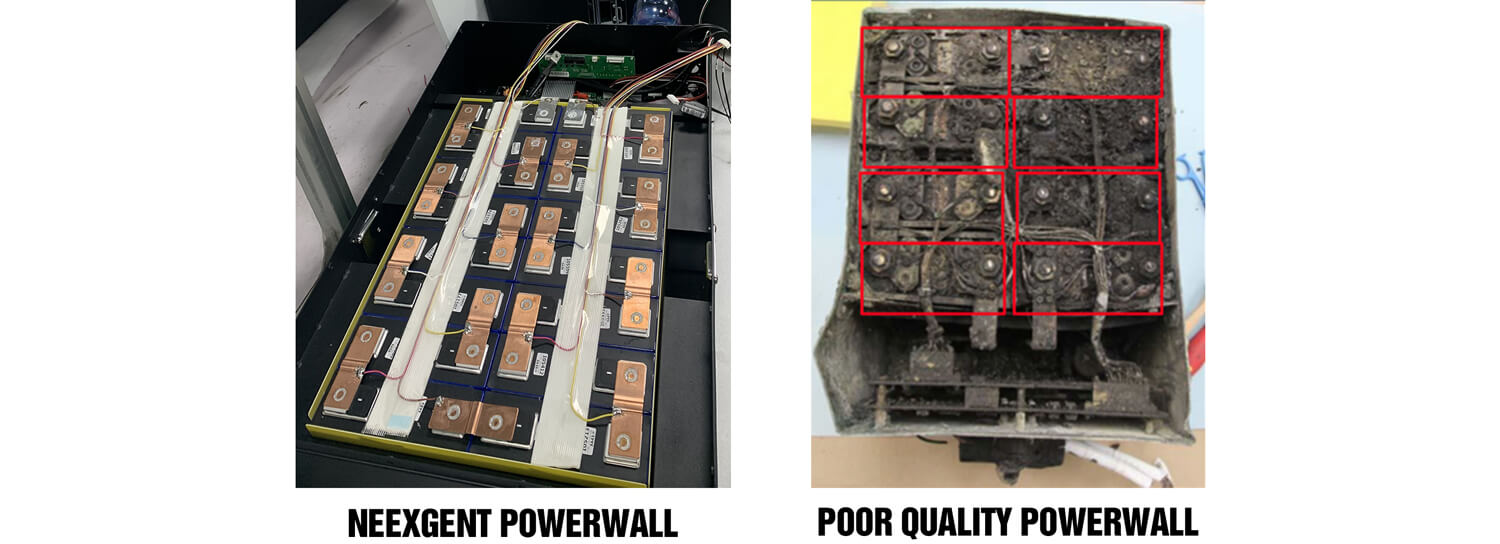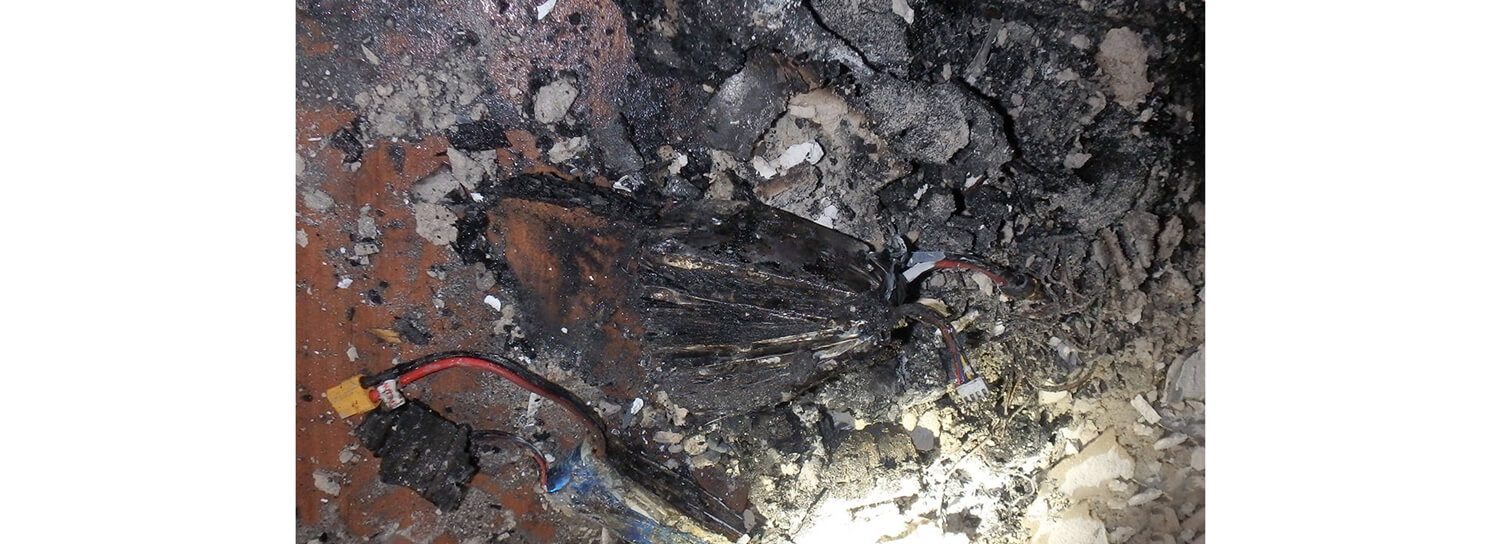Performance degradation of the LiFePO4 cell
LiFePO4 cells are widely used in various applications due to their high energy density, long cycle life, and safety features. However, just like any other type of battery, LiFePO4 cells are subject to performance degradation over time. This degradation can be caused by a variety of factors, such as high operating temperatures, overcharging, or over-discharging. When a LiFePO4 cell experiences performance degradation, its capacity to store and release energy decreases, which can have a significant impact on the performance of the device or system it powers.
The primary causes of performance degradation in LiFePO4 cells is high operating temperatures. When a LiFePO4 cell is exposed to high temperatures for an extended period of time, its internal components can begin to break down, leading to reduced performance and capacity. Additionally, high temperatures can cause a build-up of lithium plating on the cell's electrodes, which can further reduce the cell's capacity and increase the risk of safety hazards.
Overcharging and over-discharging are other common causes of performance degradation in LiFePO4 cells. When a LiFePO4 cell is overcharged, its internal components can become damaged or even destroyed, leading to a significant reduction in capacity and performance. Over-discharging can also cause damage to the cell's internal components, which can lead to a decrease in capacity and performance over time. In both cases, the performance degradation of the LiFePO4 cell can result in a shorter cycle life and a reduced energy storage capacity, which can have a significant impact on the performance of the device or system it powers.
To prevent performance degradation of LiFePO4 cells, it is important to operate and maintain them within their recommended temperature and voltage ranges. It is also important to use a suitable charging and discharging system that can prevent overcharging and over-discharging. Additionally, regular maintenance and monitoring of the LiFePO4 cells can help detect any signs of performance degradation early on, allowing for timely intervention and repair to ensure maximum performance and longevity of the cells.

Reduced energy storage capacity
Reduced energy storage capacity is one of the primary issues that can arise when a LiFePO4 cell is damaged or experiences performance degradation. The energy storage capacity of a LiFePO4 cell is measured in terms of its charge retention and discharge efficiency. When a LiFePO4 cell experiences reduced energy storage capacity, it can significantly impact the performance of the device or system it powers. In some cases, the reduced energy storage capacity can even render the device or system unusable.
There are several factors that can lead to reduced energy storage capacity in a LiFePO4 cell. One of the most common factors is overcharging or over-discharging. When a LiFePO4 cell is overcharged or over-discharged, its capacity to store and release energy can become permanently damaged, leading to reduced energy storage capacity. Additionally, high operating temperatures can cause a build-up of lithium plating on the cell's electrodes, which can further reduce its energy storage capacity.
Reduced energy storage capacity in a LiFePO4 cell can also be caused by mechanical damage, such as physical impact or deformation. When a LiFePO4 cell is mechanically damaged, its internal components can become misaligned or damaged, leading to reduced energy storage capacity. It is important to handle LiFePO4 cells with care and avoid exposing them to physical stress or impact.
To prevent reduced energy storage capacity in LiFePO4 cells, it is important to operate and maintain them within their recommended temperature and voltage ranges. It is also crucial to use a suitable charging and discharging system that can prevent overcharging and over-discharging. Additionally, proper handling and storage of LiFePO4 cells can help prevent mechanical damage that can lead to reduced energy storage capacity. Regular maintenance and monitoring of LiFePO4 cells can help detect any signs of reduced energy storage capacity early on, allowing for timely intervention and repair to ensure maximum performance and longevity of the cells.

NEEXGENT POWERWALL BATTERY
Increased risk of safety hazards
When a LiFePO4 cell is damaged or experiences performance degradation, it can increase the risk of safety hazards. LiFePO4 cells are known for their safety features, but if these features are compromised, the cell can become unstable and prone to safety hazards. The most common safety hazards associated with damaged or degraded LiFePO4 cells are thermal runaway, short circuits, and cell swelling.
Thermal runaway is one of the most significant safety hazards that can arise from a damaged or degraded LiFePO4 cell. This occurs when the cell overheats and its temperature rises uncontrollably, leading to a catastrophic failure of the cell. This failure can result in a fire, explosion, or release of hazardous gases. Thermal runaway can be caused by a variety of factors, including high operating temperatures, overcharging, or mechanical damage.
Short circuits are another safety hazard that can arise from damaged or degraded LiFePO4 cells. A short circuit occurs when the positive and negative terminals of the cell come into direct contact with each other, leading to a rapid discharge of energy. This discharge can cause the cell to overheat and potentially result in a fire or explosion. Short circuits can be caused by a variety of factors, including mechanical damage or faulty wiring.
Cell swelling is a less severe safety hazard that can arise from a damaged or degraded LiFePO4 cell. This occurs when the cell's internal components become damaged or misaligned, causing the cell to swell and potentially rupture. While cell swelling may not pose an immediate safety risk, it can lead to long-term performance degradation and reduced energy storage capacity.
To minimize the risk of safety hazards associated with damaged or degraded LiFePO4 cells, it is important to handle and operate them according to their recommended guidelines. This includes maintaining proper temperature and voltage ranges, avoiding overcharging or over-discharging, and monitoring the cells for signs of performance degradation or physical damage. If a LiFePO4 cell shows any signs of damage or degradation, it should be removed from service immediately and replaced with a new cell. Proper handling and disposal of damaged or degraded LiFePO4 cells is crucial to ensure the safety of people and the environment.

Potential for complete failure of the LiFePO4 cell
The potential for complete failure of a LiFePO4 cell is a significant concern that can arise from a variety of factors, including performance degradation and physical damage. A complete failure of a LiFePO4 cell can result in a catastrophic failure that can cause a fire or explosion, release hazardous gases, or render a device or system unusable. Therefore, it is essential to understand the factors that can contribute to a complete failure and take appropriate precautions to prevent it.
The main factors that can contribute to a complete failure of a LiFePO4 cell is overcharging or over-discharging. When a LiFePO4 cell is overcharged or over-discharged, its internal components can become damaged, leading to a loss of capacity, increased resistance, and eventually, complete failure. To prevent overcharging and over-discharging, it is essential to use a suitable charging and discharging system and avoid exceeding the cell's recommended voltage ranges.
Physical damage is another factor that can contribute to a complete failure of a LiFePO4 cell. Physical damage can occur due to a variety of factors, including mishandling, mechanical shock, or high-impact collisions. Physical damage can cause the cell's internal components to become misaligned, leading to increased resistance, loss of capacity, and eventually, complete failure. To prevent physical damage, it is essential to handle and store LiFePO4 cells properly and avoid exposing them to physical stress or impact.
To prevent a complete failure of a LiFePO4 cell, it is essential to perform regular maintenance and monitoring of the cell's performance. This includes monitoring the cell's temperature, voltage, and capacity, and taking appropriate corrective action if any issues arise. It is also important to handle and store the cell according to its recommended guidelines, use a suitable charging and discharging system, and avoid exposing the cell to physical stress or impact. Proper handling and disposal of damaged or degraded LiFePO4 cells is also essential to prevent the risk of catastrophic failure.








